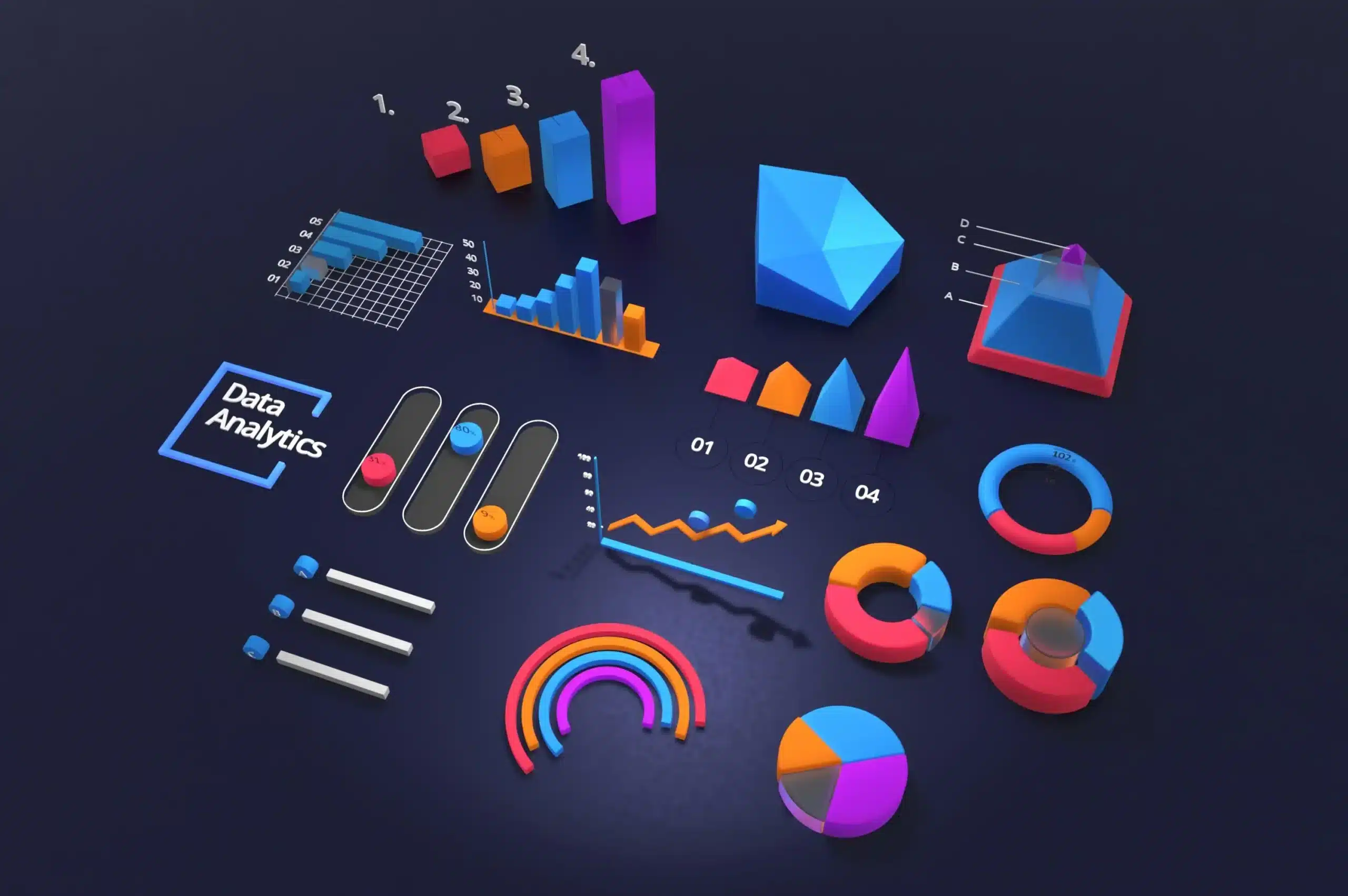In the dynamic landscape of the digital age, understanding user behavior and optimizing online performance are paramount for businesses and organizations. Web analytics emerges as the cornerstone of this digital transformation, offering a wealth of insights into website traffic, user engagement, and the effectiveness of online strategies. This article explores the depths of web analytics, detailing its uses, importance, and the various sectors that collectively contribute to its multifaceted role.
Understanding Web Analytics:
- Definition:
- Web analytics refers to the collection, measurement, analysis, and reporting of data related to web traffic and user interactions on a website.
- Data Collection Mechanisms:
- Web analytics tools, such as Google Analytics, provide the infrastructure for data collection. These tools use tracking codes embedded in web pages to gather information on user activities.
- Metrics and KPIs:
- Metrics, ranging from basic page views to complex user interactions, offer a quantitative assessment of website performance.
- Key Performance Indicators (KPIs) align with business goals and provide a focused view of success metrics.
Importance of Web Analytics:
- Data-Driven Decision Making:
- Web analytics empowers businesses to make informed decisions based on real-time data, enhancing strategic planning and resource allocation.
- User Experience Optimization:
- Understanding user behavior allows for the optimization of website elements, improving navigation, content relevance, and overall user experience.
- ROI Measurement:
- Businesses can assess the return on investment (ROI) of their online initiatives, enabling them to allocate resources effectively and invest in high-performing strategies.
- Marketing Effectiveness:
- Web analytics aids in evaluating the success of marketing campaigns, identifying which channels and strategies drive the most traffic and conversions.
- Continuous Improvement:
- Regular analysis of web analytics data facilitates a continuous improvement cycle, ensuring that websites evolve to meet changing user expectations and industry trends.
Sectors of Web Analytics:
Web analytics encompasses various sectors, each serving a unique purpose in understanding and optimizing online performance.
- Descriptive Analytics:
- Descriptive analytics focuses on summarizing historical data, providing insights into past performance trends. It includes metrics such as page views, bounce rates, and session durations.
- Diagnostic Analytics:
- Diagnostic analytics delves deeper into the “why” behind performance metrics. It identifies the factors influencing user behavior and helps diagnose issues or trends affecting website performance.
- Predictive Analytics:
- Predictive analytics uses statistical algorithms and machine learning to forecast future trends based on historical data. This sector enables businesses to anticipate user behavior and make proactive adjustments.
- Prescriptive Analytics:
- Prescriptive analytics goes beyond predictions, offering recommendations for actions to improve performance. It provides actionable insights derived from a synthesis of historical and real-time data.
- Behavioral Analytics:
- Behavioral analytics focuses on understanding how users interact with a website. It tracks actions such as clicks, scrolls, and form submissions, providing detailed insights into user journeys.
Applications of Web Analytics:
- E-commerce Analytics:
- In the e-commerce sector, web analytics helps track product views, shopping cart abandonment rates, and successful transactions. It provides critical data for optimizing the online shopping experience.
- Content Analytics:
- Content-focused websites leverage web analytics to assess the performance of articles, videos, and other content. Metrics such as engagement, time on page, and social shares guide content strategy.
- Social Media Analytics:
- Social media platforms integrate with web analytics to measure the impact of social campaigns, track referral traffic, and understand how users engage with content shared on social channels.
- Mobile Analytics:
- With the rise of mobile usage, mobile analytics has become crucial. It involves tracking user interactions on mobile devices, ensuring websites are optimized for different screen sizes and devices.
Conclusion:
Web analytics is a transformative force in the digital landscape, providing businesses with the tools to adapt, evolve, and thrive in the online realm. From understanding user behavior to optimizing marketing strategies, the multifaceted nature of web analytics ensures its relevance across diverse industries. As technology advances and data analytics techniques evolve, the role of web analytics will continue to expand, shaping the future of online experiences and strategies. Embracing the power of web analytics is not just a choice; it’s a strategic imperative for those seeking success in the dynamic digital ecosystem.


